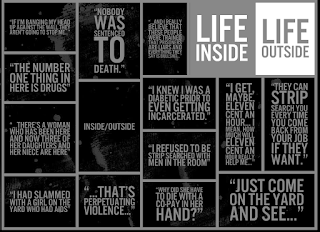Trauma Language: Separating Victims from Trauma (Preparation Post)
In Autobiography’s Wounds, Gilmore explains: “Language about trauma
varies. It can be subjected to legal, therapeutic, or aesthetic standards.
Something it comprises a weave of imagination, memory, and fact. At other times
it might be narrowly descriptive” (Gilmore 103). For Gilmore, the way we talk about
trauma is a more complex system than we realize (and more varied than intended.
She goes on to say that “the witness testifies to an event. There is an expectation
that the story – as a record of the event – will not change even as the
survivor of these events struggles to grow beyond them and to add insight to
injury. The witness is never simply saying what happened, as if the vent could
be untied from the one who experienced it” (Gilmore 103). Gilmore wants us to realize
the innate connection between the victim and trauma, a relationship that
inevitably shapes and controls how we view the trauma. Gilmore is arguing for
assigning agency to the trauma itself.
Daniel’s Public Secrets can be seen as an attempt to untie this
relationship. In the screenshot I have included from the project, we see an
assortment of testimonies from various victims of trauma. While their
situations differ from one another, they are all presented similarly. This
presentation focuses almost entirely on the trauma itself, in this project the trauma is given agency. Attempting to
untie the victim from trauma is a goal that lines up closely with Gilmore’s
ideas.

Comments
Post a Comment